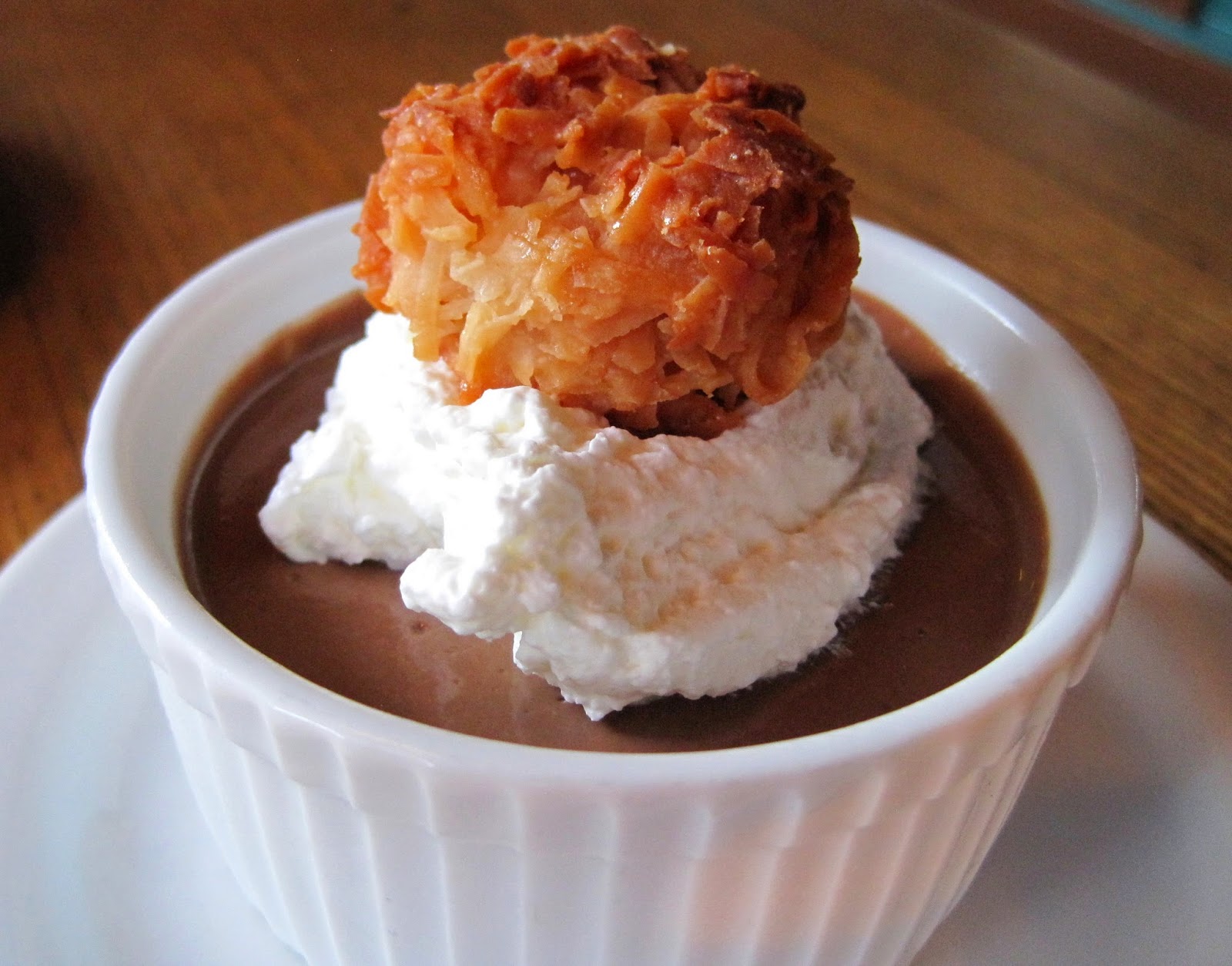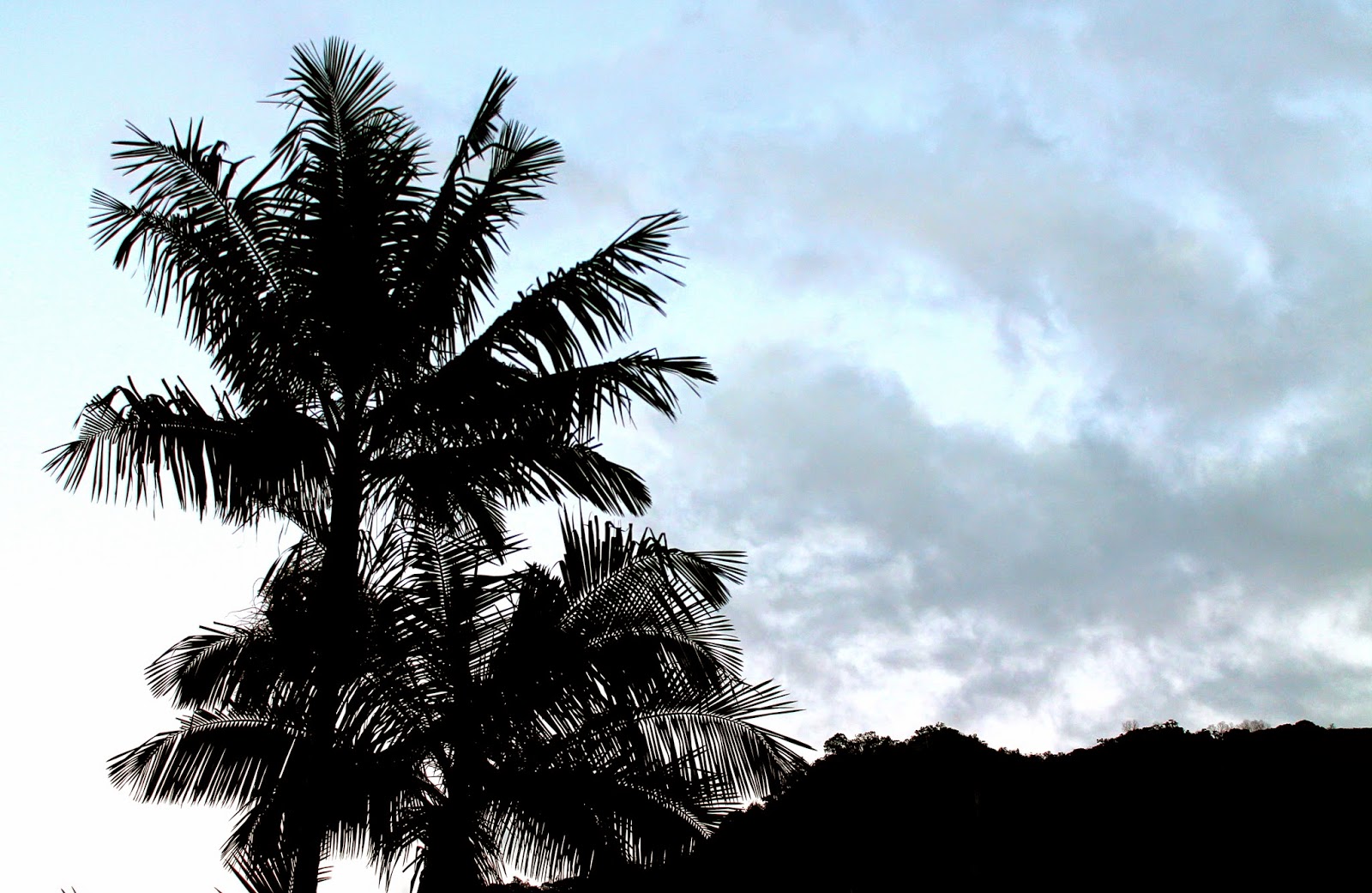I recently found myself in the alarming position of agreeing to cook dinner for 25 people.
Actually, I should rephrase. "Agree" implies that I had some say in the matter. I was
unilaterally volunteered to cook dinner for 25.
I raised the possibility that perhaps this was an
egregious error. Maybe they meant 2.5? 2.5 people seems feasible. I could do 2.5.
"2.5 people?" I asked.
No. Definitely 25. And they definitely meant me.
At this point, I may or may not have seriously considered moving to a small island off the coast of Thailand.
Here's the thing: I don't cook for 25. I don't cook for ten. I cook for one or two or sometimes four. And a lot of the things I make aren't particularly scale-uppable...you can't quintuple a
risotto and expect it to cook the same way (in fact, we tried once in college and dinner was about three hours late).
Pan-frying is obviously limited to the number of things you can fit in the pan.
Homemade pasta would take days. My
obsession with vegetables is heavily contingent on them
caramelizing in some way, which gets harder or impossible if you crowd them together.
Plus: Most people tend to expect dinner to involve some central meat thing, and I don't really
do central meat things. (Let's be clear: I haven't the foggiest. I would undercook, or overcook, or accidentally make kale instead of a pork roast.) The point being, I had no idea what to do. None.
Fortunately, I was saved by the miracle of slow-baked salmon. Miraculous because—are you ready?—it is easy AND dreamily delicious AND scale-uppable AND fancy-looking. Oh, and it
tells you when it's done. The technique was made for a dinner party. Or in my case, a small team of intrepid chefs determined to serve up California cuisine to a couple of dozen hungry academics in the Outer Banks of North Carolina.
Adapted from
this recipe, and perfect over Israeli couscous (especially if after cooking the couscous, you stir in a tab of butter, a pinch of thyme, some chopped parsley, a bit of lemon zest, and some lemon juice).
Ingredients
12-13 oz wild salmon fillet*
1 tbsp olive oil
Zest of ½ lemon (about 1 tbsp)
½ tbsp chopped fresh thyme
1 small clove garlic, pressed
Small slosh white wine (just enough to moisten mixture slightly)
Kosher salt and freshly ground black pepper
Lemon wedges & parsley for garnish
Preheat oven to 275°F.
Combine the olive oil, lemon zest, thyme, and garlic. Add about 1 tsp of white wine—just enough to make the mixture easier to spread, without being runny. (If you're scaling the recipe up, still start with this much wine and then add a little bit more if needed.)
Line a baking sheet with aluminum foil. Lightly oil it, then place salmon skin-side down. Spread the lemon zest mixture evenly over the top, then sprinkle with salt and (lightly) with pepper. Let sit 10 minutes for flavors to blend.
Bake for 20-21 minutes until the fat melts out the sides (it will often start by melting in little pools on the top, but you're waiting for the tell-tale sign of it melting at the bottom of the sides of the fillet, just like you see below).
Garnish with lemon & parsley. Serve hot, or warm, or cold—this fish can really do just about anything.
Serves 3, or multiply by six for a crowd.

And, if you are feeding a crowd, other suggestions include:
Quinoa Salad with Slow-Roasted Tomatoes
These Fish Packets
Grilled Asparagus with Balsamic Reduction
Roasted Bell Peppers
Israeli Couscous
Jasmine Rice
*Definitely splurge on wild salmon for this recipe—and in fact, if you can only find farmed, do something else with it. Slow-baking salmon changes the texture completely, in a wonderful way if it's wild, but in a mushy way if it's farmed. Note also that if you are scaling up, you can leave the fillet (or fillets) whole and let people cut their own, or cut before cooking into individual portions—it works either way. I left them whole, just because it was easier.

























































